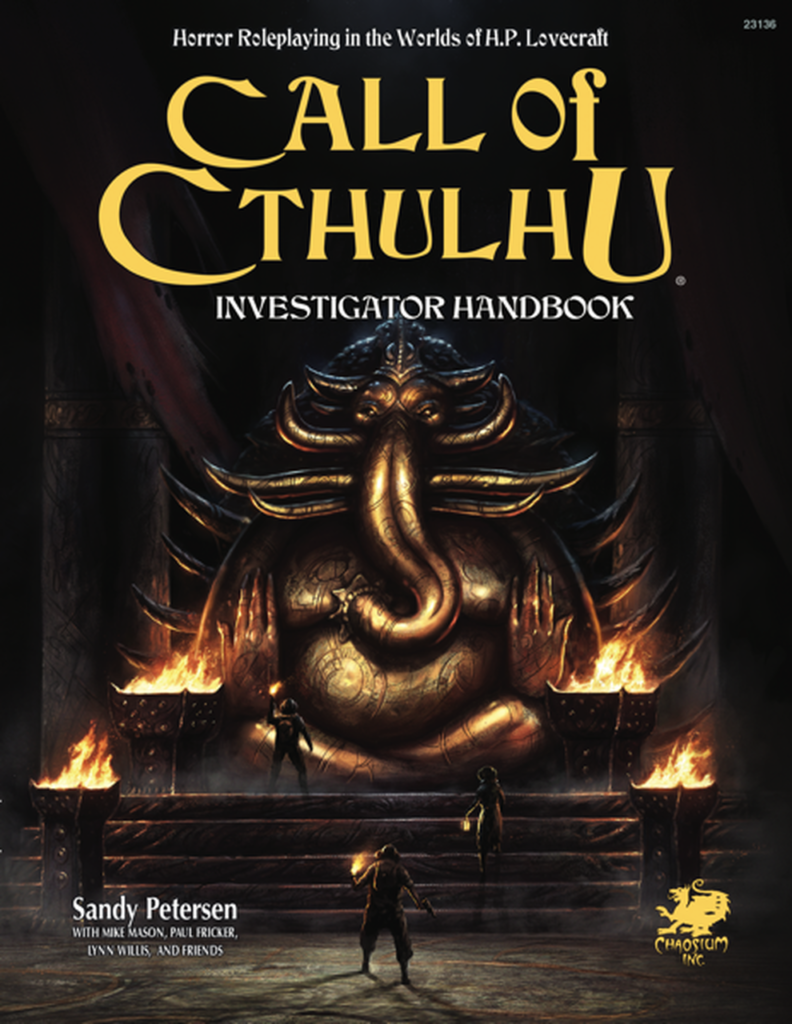I started to feel that I didn’t know roleplaying games well enough so I came up with the plan to read a roleplaying game corebook for every year they have been published. Selection criteria is whatever I find interesting.

Traditionally, the business of roleplaying games gets its money by selling books. More books means more money. The publishers of some games have decided that if they split the game into more than one book, it stands to reason they can sell more of them.
D&D is the obvious example, of course. In the last three editions, the core game is understood to consist of three books, Player’s Handbook, Dungeon Master’s Guide and Monster Manual. Buy all three and you have bought the game.
Typically, the core of the game is contained in one book, with the two others playing a support role. In the case of D&D 5th edition, the game’s basics are expressed in the Player’s Handbook. Monster Manual is essential because so much of the game’s design is contained in the monsters and other enemies. Dungeon Master’s Guide is a grab bag of random stuff, a lot less relevant than the other two books.
The classic roleplaying game Call of Cthulhu has been a single book in many earlier editions but I understand the marketing impulse to imply that with the 7th edition, you might need to buy two books to have really purchased the game. The back cover of the 7th edition’s Keeper Rulebook says that you need multiple copies of the Investigator Handbook among your player group!
The core of the game is contained in the Keeper Rulebook. Investigator Handbook contains an expanded character creation system but most of it is dedicated to filler material.
The trouble with publishing books is that you have to have something on the page. To deal with this issue, the Investigator Handbook features a series of character profiles of men based on ideas from backers of the Kickstarter campaign, Wikipedia-style mini-bios of famous people from the Twenties and a year-by-year rundown of the history of the last hundred years or so.
Some of the material could be justified as Twenties setting description but there’s little discernible attempt at design, connecting the factoids to the needs of an actual game.